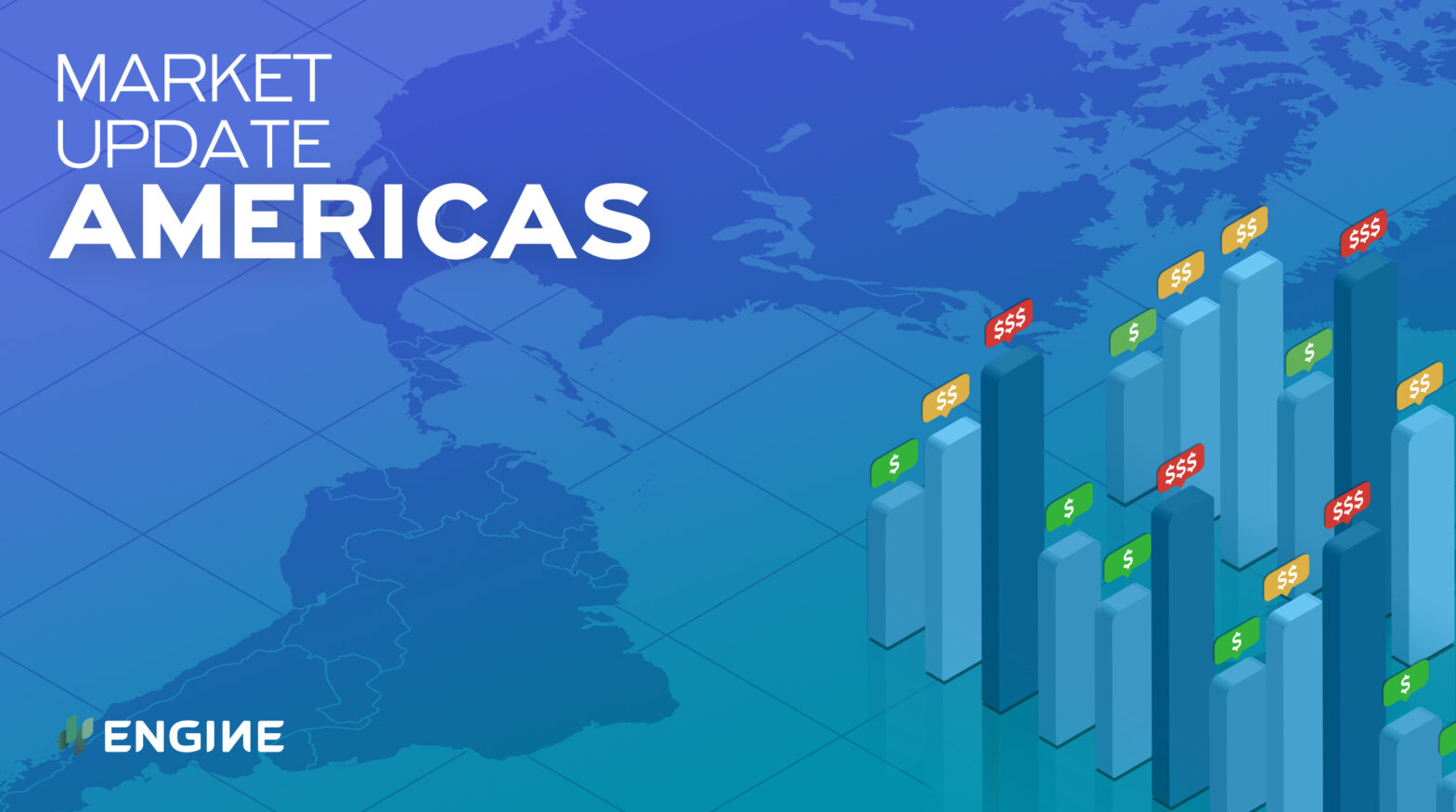Americas bunker prices have taken mixed directions, with some rallying further up with Brent, and others coming off after making significant gains yesterday.
Changes on the day to 09.30 CST (14.30 GMT) today:
- VLSFO prices up in Houston ($6/mt) and Zona Comun ($4/mt), and down in New York ($14/mt), Los Angeles ($6/mt) and Balboa ($1/mt)
- LSMGO prices up in New York ($7/mt), Zona Comun ($5/mt), Houston ($4/mt) and Balboa ($2/mt), and down in Los Angeles ($8/mt)
- HSFO380 prices up in Houston ($4/mt), steady in Balboa, and down in Los Angeles ($6/mt) and New York ($5/mt)
New York’s VLSFO and HSFO380 prices have come off again to reverse some of their Brent-supported gains in the previous session.
Supply of VLSFO, and especially HSFO380, has been tight in the US East Coast port. Fuel oil inventories across the East Coast have been drawn down to their lowest levels in over two years, according to the latest data from the Energy Information Administration (EIA).
LSMGO is in more ample supply in New York.
Prices have retreated across bunker grades in Los Angeles, while Vancouver further up the North American west coast has seen slight bunker price gains alongside Brent.
Vancouver remains the lowest-priced port for VLSFO on the west coast, however, pricing the grade $24-26/mt below Seattle and Los Angeles.
Brent
Front-month ICE Brent crude has extended its gains by $1.21/bbl in the past day, to $76.77/bbl at 09.30 CST (14.30 GMT).
The futures contract has reached its highest intraday level since this year’s peak in early July.
Another big crude stock draw in the US has boosted Brent. EIA data showed a 3.48 million-bbl draw yesterday, and was preceded by American Petroleum Institute (API) figures showing a 6.11 million-bbl draw.
US crude inventories are at their lowest in three years, largely as a result of Hurricane Ida disrupting offshore crude production in the Gulf of Mexico. Recovering refineries along the Gulf Coast have also been pulling more crude as they have ramped up run rates to meet robust demand.
The drawdown of US stocks had actually started before Ida struck three weeks ago. Shut in production from the hurricane accelerated the draw.
Oil could see increasing demand if utilities switch away from gas during the colder winter months. Widespread natural gas shortages have sent prices spiralling in Europe and Asia.
“With Gulf of Mexico production returning slowly, and natural gas prices remaining sky high, the structural outlook for oil remains promising as OPEC+ struggles to meet even its current production quotas,” said OANDA analyst Jeffrey Halley.
Iraq’s oil minister has said the OPEC+ group, which Iraq is a member of, intends to keep the price of crude oil around $70/bbl, Reuters reports. The group made historic supply cuts of around 10 million b/d when Covid-19 crushed demand last year, and has gradually eased the cuts in tandem with recovering global demand.
